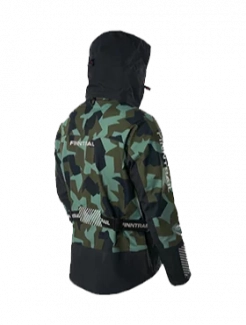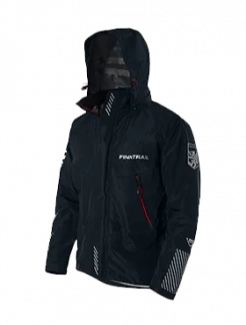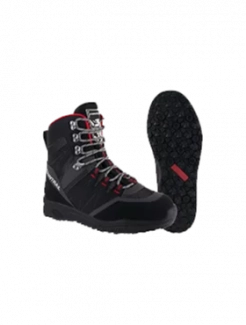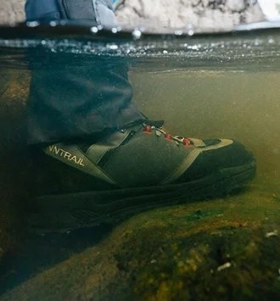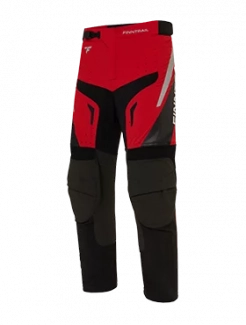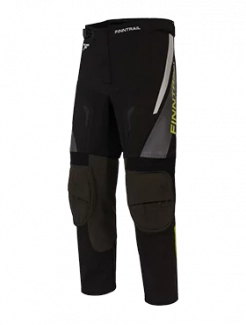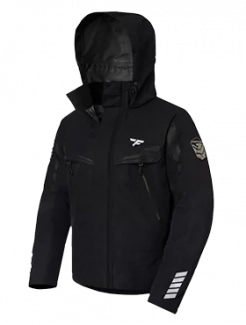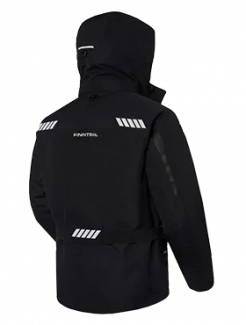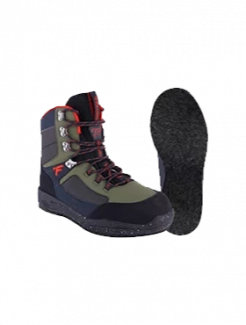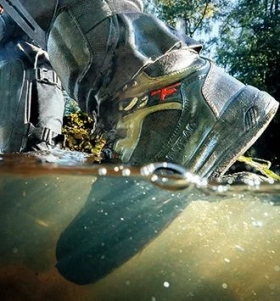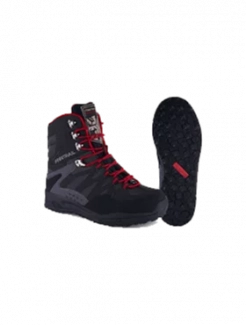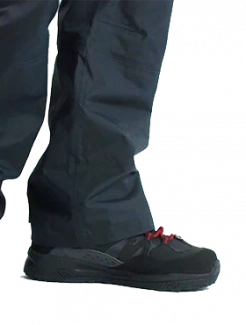Trail Etiquette: The Ultimate Guide to ATV Essentials and Safe Riding
Whether you're an ATV newbie or a seasoned rider, knowing how to treat the trails is a must. Although not every ATV rider agrees on every single rule, here are some tips to keep in mind.
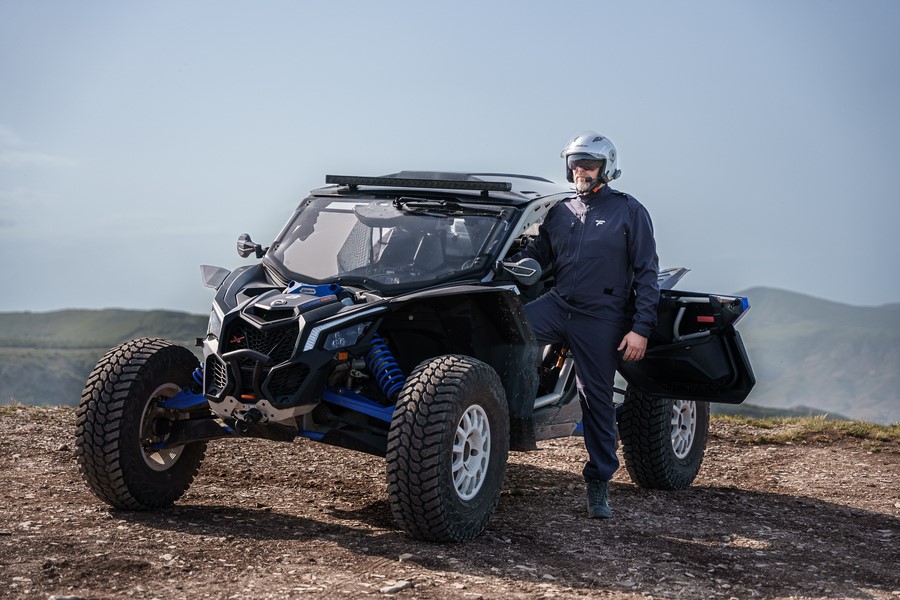
Trail Etiquette: What is Matters for Every ATV Rider and Why
Stick to Marked Trails
Rule number one: stay on the trail. These paths exist to protect nature and keep everyone safe. Venturing off-trail can harm plants, disturb animals, and potentially put you in danger. Some areas might not need registration or insurance for your ATV, hospital bills can get steep if you get hurt. Plus, if you need a specialized rescue, that'll cost you a fortune.
Know the Land
Are you accidentally riding on private land? Can you tell the difference between land managed by different government departments, like national parks, state parks, and state forests? Knowing where you are matters. Riding where you shouldn't can lead to fines, vehicle impoundment, or even jail time. Be very cautious in military training areas. Running into federal authorities due to carelessness is a bad situation. Always use the necessary equipment, such as GPS satellite navigators, so as not to be tied to a location on the Internet.
Yielding the Right-of-Way
Similar to roads, trails have rules about who goes first. Typically, the vehicle climbing uphill has priority over the one going downhill. If a group is stopped or waiting, things might change. Unless they signal you to proceed, always let them go first. This keeps everyone safe and traffic moving smoothly, mainly when the trails are busy. You can also use special coloring ATVs and reflective elements to avoid losing each other.
Use Hand Signals
ATV riding is often a group activity. If you see another vehicle approaching, usually there are more behind it. The lead rider typically waves and then uses fingers to show the number of vehicles in their group. The last vehicle might signal with a closed fist to indicate they're at the end. Understanding these signals helps everyone stay safe and aware.
Trail Etiquette and Speed
ATVs are fun and can go fast, but don't treat the trail like a racetrack. Speeding is dangerous, even if there aren't speed limit signs posted. Check local guidelines before you go, so you know the rules and avoid penalties. Excessive speed raises the risk of accidents and creates dust clouds that reduce visibility. Save the high speeds for designated racing areas.
2. Keep Dust Down
Riding fast kicks up a lot of dust, which can impair visibility for yourself and others. Slow down when passing other vehicles. If you don't have them already, think about installing dust shields. Also, keep a safe distance – don't tailgate. You'll have less time to react, your air filter will get clogged, and you'll breathe in a bunch of dust. To avoid getting into an unpleasant situation, get good ATVs that can protect you from impact, dirt, and dust at any time.
Trail Etiquette for Cleanliness
When you’re out riding, please remember to pack up everything you brought with you. That means taking all your trash home — stuff like broken equipment, food wrappers, and empty bottles. Leaving no trace is essential for being a responsible ATV rider.
To make things even better for everyone join forces to keep the trails clean, it protects the nice outdoor areas for everyone. Plus, it shows real ATV trail etiquette.
Clean trails aren’t just nicer to look at; they also protect nature. Trash can hurt animals and pollute water and soil. By picking up trash, we help keep the area natural for all ATV fans.
A responsible trail user respects nature, sticks to the path, avoids bothering wildlife, and is considerate of other people. Being responsible in nature, makes sure everyone has a great time—especially in the ATV community.
Also, think about joining a local trail maintenance group. These groups often organize clean-up events and trail repairs. It's a great way to give o<
Lastly, share photos of your clean trails on social media with a common hashtag. This can inspire others to do the same and spread awareness about trail etiquette. By working together, we can make a difference.
ATV Safety Essentials
First, maintain your vehicle. Breakdowns are possible in remote locations. Bring a basic toolkit that includes wrenches, pliers, screwdrivers, and any other tools to do simple fixes. Learning to use them is also important! Duct tape, zip ties, and WD40 can often be helpful. Also, bring a first-aid kit for minor injuries Stock bandages, wipes, pain relievers, and any personal meds you may need. Nature can be unpredictable. Weather changes can be quick. Packing extra waterproof clothing is usually a good idea. Gloves and hats can be handy if the temperature drops. Lastly, pack snacks and water for the trip.
Extra! If you want a one day's supply, bring enough for three. Not having water is a recipe for disaster. Granola bars, jerky, and dried fruit make great snacks to save energy for the trip. Ensure you have a gallon of water a day. Water filters or tablets are a great idea to prepare for anything. It’s better to overpack than underpack.
So, sticking to the trails keeps everyone safe and protects the environment. When you stay on the path, you're not crushing plants or scaring animals, and you're less likely to get hurt. Knowing who owns the land and what the rules are is also key to staying out of trouble with the law. Using hand signals to talk to each other makes riding with a group way easier and safer. Be cool out there – keep your speed down, don't kick up too much dust, and pack out your trash. If we all do these things, we can keep these ATV trails fun for everyone now and keep them good for the future. And if you can, help out with trail maintenance – it makes a big difference!


